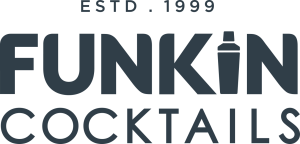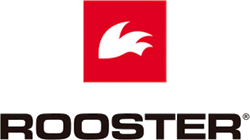"Conversion Rate Optimisation (CRO) is crucial for businesses looking to maximise the impact of their online presence.
We help you increase the number of visitors who take the desired actions, whether that’s making a purchase, submitting a form, or engaging with your content. Our expert team uses data-driven strategies to improve your website’s efficiency, driving higher conversions and increasing ROI."
Do you need SEO expertise to get visible online?
Get in touch todayDo you need SEO expertise to get visible online?
Get in touch todayFAQs
CRO focuses on improving the percentage of website visitors who complete a desired action, such as making a purchase, filling out a form, or clicking on a call-to-action.
A/B testing helps compare different versions of a webpage to determine which one performs better, enabling data-driven decisions to improve conversion rates.
Heatmaps show where visitors are clicking, scrolling, and spending time, helping identify areas of interest and potential issues that may hinder conversions.
By tracking user interactions, we can identify friction points in the conversion process, optimising the user experience and increasing conversions.
We use industry-leading tools like Google Analytics, Hotjar, Mouseflow, and Google Optimize to analyse and optimise your website for conversions.
While results can vary, most businesses start seeing improvements within a few weeks of implementing CRO strategies, especially with A/B testing and user feedback.
No, CRO is beneficial for all types of websites, including lead generation sites, B2B businesses, and service-based companies.
Not necessarily. CRO often focuses on small, data-driven adjustments to optimise existing elements rather than a full website redesign.
While Google Tag Manager simplifies the process, other methods can be used to track conversions; however, GTM offers flexibility and ease in managing tracking codes.
A/B testing compares two versions of a page, while multivariate testing tests multiple variables at once to identify the combination that produces the best results.
What does your data journey look like?
1
Immersion into your data metrics, uncovering current data and metrics status.
- Auditing data set up
- Agree data needed
- Data accuracy audit
- Data checklists created
- Discussion & next steps
2
Optimising data tools and ensuring tracking infrastructure is precise and aligned with business goals.
- Set up of GA4, GTM, Adobe, Matomo etc
- Implementation of Consent Mode
- Configuration of existing tracking
- Establish customisable tracking
3
Transform your data into customised reports/data visualisations to drive smart decision making.
- Looker reports & dashboards
- Customised reporting
- Statistical analysis
- A/B Testing
- Heatmaps & data visualisation
4
Turning insights into action, refining your strategy, optimising content plans and enhancing conversion rates.
- Making data driven decisions
- Refining strategy
- Content planning & optimisation
- Conversion rate optimisation
5
Building data confidence across your organisation, providing customised training to leverage data effectively.
- Building data confidence
- Using data tools effectively
- Upskill data knowledge
- Understand analysing data
- Customised training




















